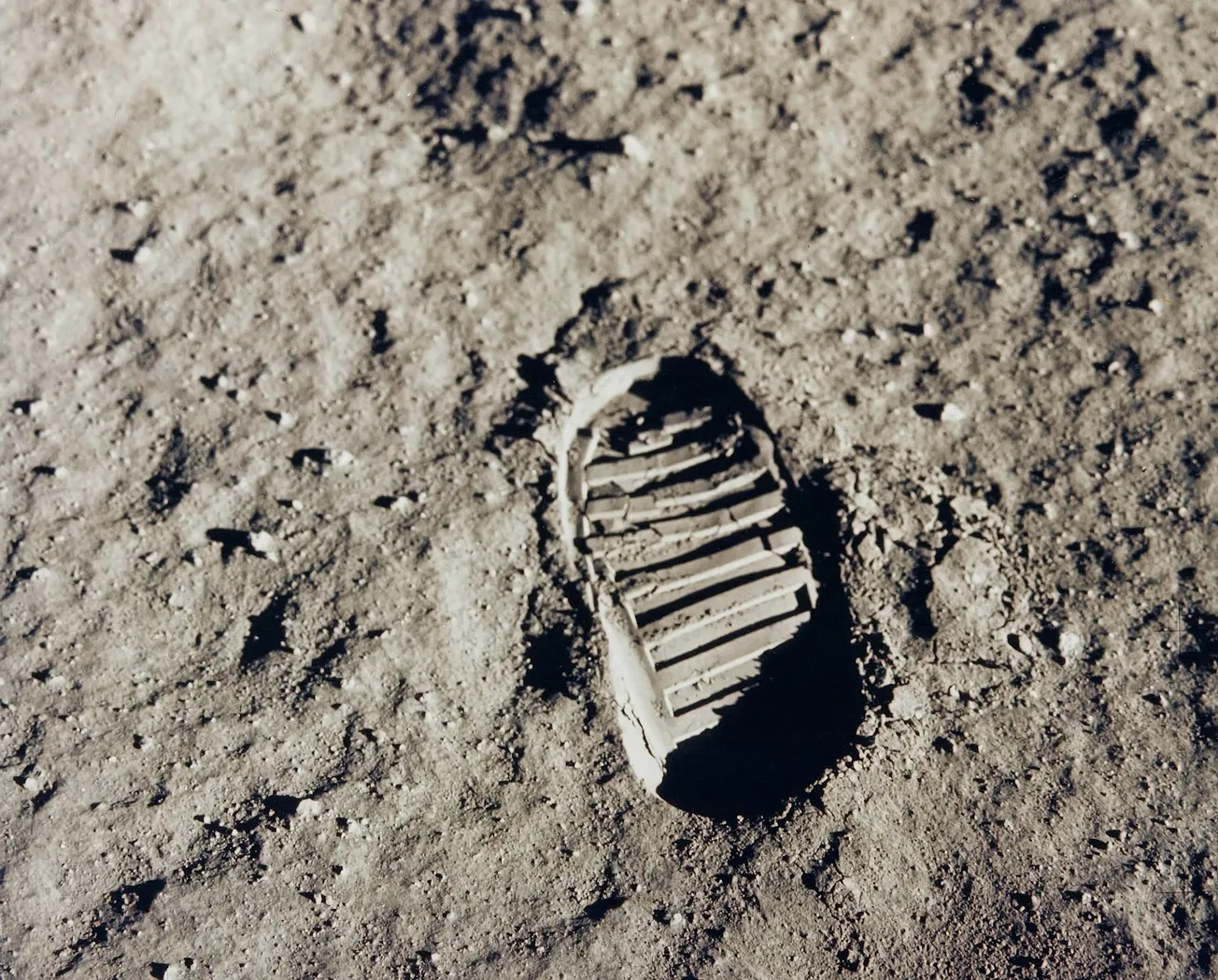The space race was as much about geopolitics as it was about science, adventure, or the spirit of man, or whatever palaver Kennedy was prone to speechifyin’. The simple fact was the Soviet Union had humiliated its Cold War rival by launching the first satellite, then the first human into space. Getting to the Moon first was all about restoring American prestige.
Which doesn’t, of course, mean that it wasn’t one of the great achievements of humankind. Still, political, it was.
And political it remains.
As the US prepares to return to the Moon for the first time in over half a century, it’s doing so with one eye on geopolitics again. It’s not insignificant that China also has its sights set on the Moon, for instance.
And it’s not insignificant that the US is making its staunchest ally against China its partner in the next Moon-shot.
Japan and the United States have agreed that two Japanese astronauts will stand on the moon as part of the U.S.-led Artemis lunar exploration program, Prime Minister Fumio Kishida said Wednesday after his summit meeting with U.S. President Joe Biden.
“The allocation of two astronaut flight opportunities to the lunar surface to Japan were confirmed,” Kishida said at a press conference.
This is the first time the United States has agreed to fly non-U.S. astronauts to the moon.
And it’s a big ol’ middle finger to China.
Even more potentially infuriating for the Middle Kingdom is that Japan is not content to ride on US coattails to the Moon, it’s planning its own Moon shot. The US Moon landing is scheduled for 2026 — and Japan plans to follow in quick succession.
Japan aims to send its first astronaut to the moon in 2028, making it the second nation — after the United States — to have an astronaut land on the lunar surface.
A total of 12 U.S. astronauts landed on the moon between 1969 and 1972 under the Apollo program. The Artemis program aims to send astronauts to the moon in September 2026 for the first time in about half a century, with two U.S. astronauts scheduled to touch down near the lunar South Pole.
Under the plan, the next crewed mission to land on the moon would be in 2028. A Japanese astronaut could land there as soon as that year via the moon-orbiting manned lunar space station Gateway, which the United States and other participants plan to construct.
Japan has already established its lunar cred with the landing of its SLIM probe earlier this year. Despite the embarrassing hitch of landing upside-down due to a last-minute engine failure, SLIM landed with astonishing precision: within 50m of its target, where other probes are counted “accurate” if they land within kilometres of the target. Indeed, were it not for that last-minute glitch, the probe would likely have landed within 3-4m of the target.
Japan is also advancing the role of private enterprise in space.
As part of its contribution to the Artemis program, Japan has been developing an exploration vehicle called the “lunar cruiser.” Toyota Motor Corp. is spearheading development of the vehicle, inside of which astronauts would not need to wear spacesuits.
A second Japanese astronaut is expected to land on the moon in 2032, when the cruiser is set to start operating.
The United States decided to offer Japan the opportunities to send its astronauts to the moon in return for Japan’s development and provision of the cruiser. The agreement also stipulated the possibility of additional Japanese astronauts being sent to the moon depending on additional Japanese contributions to the program.
Before the summit meeting, Education, Culture, Sports, Science and Technology Minister Masahito Moriyama and NASA Administrator Bill Nelson signed an agreement to advance sustainable human exploration of the moon.
The Japan News
Meanwhile, China is reduced to cheating in sports events to try and maintain its prestige.
Chinese runner He Jie’s victory Sunday in the Beijing Half Marathon is facing a probe after his win was called into question by Chinese internet users because a trio of African runners appeared to deliberately slow down to let him win.
A video clip of the finish to the race shows Kenya’s Willy Mnangat turn toward He and gesture him to move ahead as the four men run neck and neck just meters from the finish line.
Former 5km world record-holder Robert Keter, also of Kenya, then appears to wave at He to overtake the pack while signaling for his compatriot and Ethiopia’s Dejene Hailu to hang back.
Well, they can’t have the despised hei laowai beating a Chinese on home soil, on national television.
But even the Chinese aren’t too keen on such obvious cheating.
Some Chinese internet users called for an investigation into the race, while others demanded action from organizers.
“The so-called ‘ways of the world’ should not taint the fairness of competition in sports. Fairness is always at the core of sporting spirit,” said one user on social platform Weibo.
Another popular comment said: “I support an investigation, and fair play is vital,” with the user adding they hoped authorities “can give a clear explanation to maintain fairness of competition and respect athletes’ efforts.”
Race organizers the Beijing Municipal Sports Bureau and Chinese Athletics Association acknowledged “feedback has been received” and “will be processed further,” according to Chinese state media.
KVIA
Sounds like someone’s just blown their social credit score.









